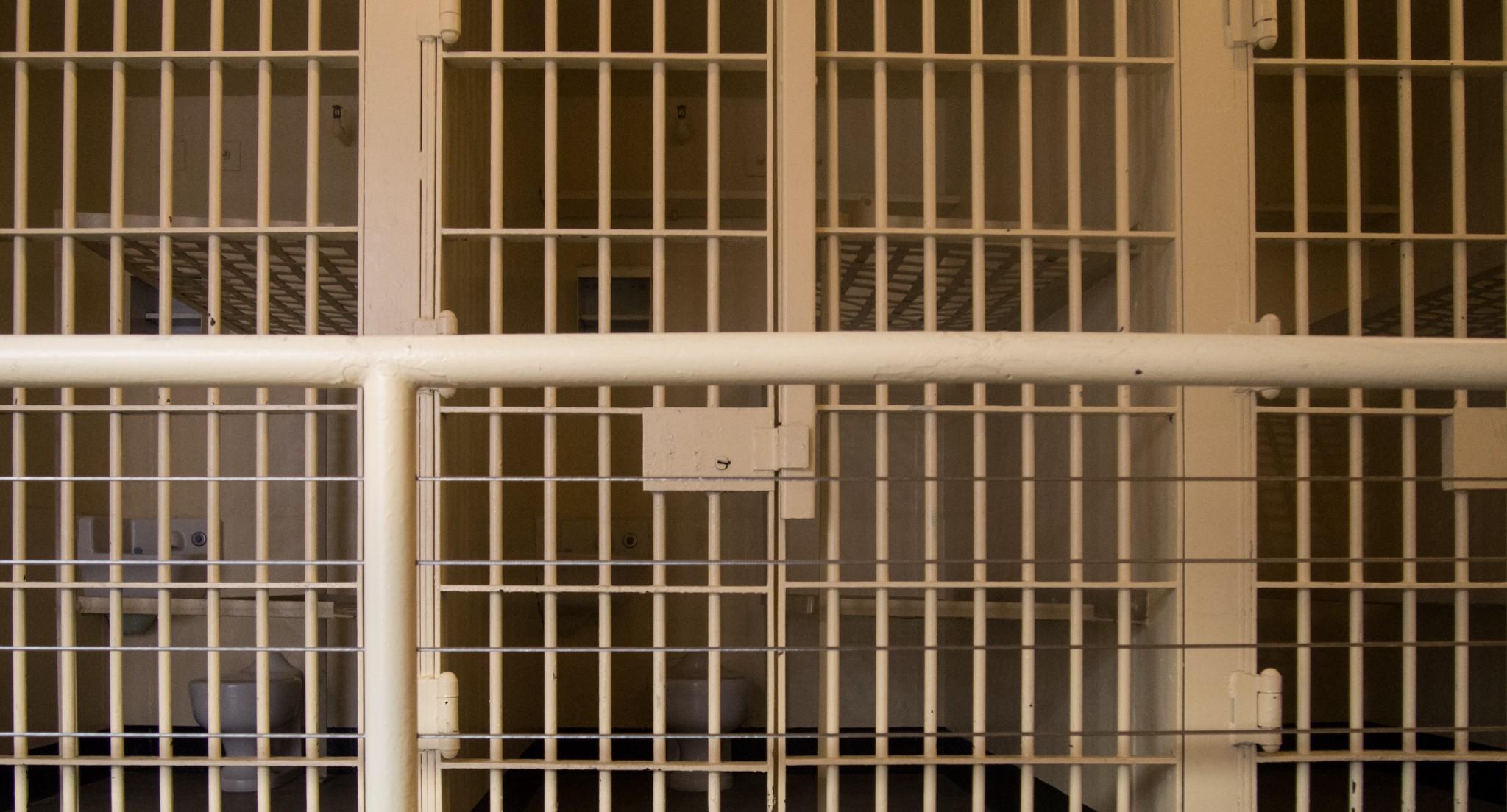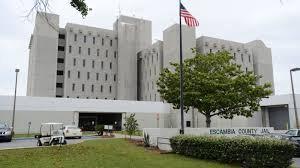ACLU of FL urges reforms to reduce Escambia County’s high incarceration rate
The American Civil Liberties Union of Florida is highlighting the need for bail reform in Escambia County, which has one of the highest incarceration rates in the Sunshine State. In a recently released report, the ACLU asserts that Escambia County’s “jail is crowded, expensive, and houses many non-violent, pretrial defendants who could safely reside in the community […]

The American Civil Liberties Union of Florida is highlighting the need for bail reform in Escambia County, which has one of the highest incarceration rates in the Sunshine State. In a recently released report, the ACLU asserts that Escambia County’s “jail is crowded, expensive, and houses many non-violent, pretrial defendants who could safely reside in the community with their family and continue to work while awaiting court.”
According to the report, as of July 31, 2017, there were 1,795 people locked up in the Escambia County jails awaiting trial. Of that total, 598 were eligible for release while awaiting trial but unable to afford the bail that would get them released. There are also more than 1,000 inmates currently housed in the county’s main jail, which was designed to incarcerate a maximum of 779 people.
Corrections Director Tamyra Jarvis said in July that 155 inmates were sleeping on the floor because of prison overcrowding. The county is also spending about $500,000 a year to keep some people jailed in a nearby county and is planning to build a new $130 million jail.

In a report entitled “Smart Jail for Escambia: Factsheet and Recommended Solutions,” the ACLU recommends multiple ways for the county reduce its jail population. Bail reform, improving pretrial supervision, and streamlining the process from arrest to a resolution in a case are included among the 14 recommendations.
A key recommendation seeks to “tailor any monetary bail to its purpose.” The report explains that “[b]ail prevents many indigent defendants from leaving jail while their cases are pending — even though often these defendants do not pose a threat to the community. Too many people are jailed unnecessarily, with their economic status often defining pretrial outcomes.”
“Many of the people the county is detaining are in jail simply because they cannot afford cash bail, meaning we have one system of justice for those who can afford to pay to get out jail, and one for those who can’t,” said ACLU staff attorney Benjamin Stevenson. “These are people who are presumed innocent and have not actually been convicted of a crime.”
Studies have shown that keeping people locked up because they can’t afford bail doesn’t keep the public any safer, Stevenson said.
Escambia County Commissioners Jeff Bergosh, a Republican, and Lumon May, a Democrat, have come out in favor of the proposal, with both participating in an ACLU video expressing support for bail reform.
Bergosh said in the video that jail cells that are supposed to house one person now often house three. May said the county is now spending $47 million a year to lock people up.
“I look at the overcrowding as a systemic public health problem,” May said, explaining that it’s unfair to lock someone up because they can’t afford bail. May also emphasized that it’s also unfair to taxpayers to keep people locked up when they don’t pose a threat to the public.
Cutting the jail population could also help Escambia County Sheriff’s Office’s funding crisis. Sheriff David Morgan has said he will have to drastically cut services if Escambia County Commissioners don’t raise property taxes to better fund his office. Lowering the jail population could help alleviate the strain his office is currently facing.
Morgan and State Attorney William Eddins have not commented on the ACLU proposal. The ACLU is expected to give a presentation on its recommendations to the Escambia County Commission later this month.
Escambia County is the westernmost county on Florida’s Panhandle, with Alabama bordering it on both the west and the north. Its incarceration rate is 80 percent higher than the state average.
